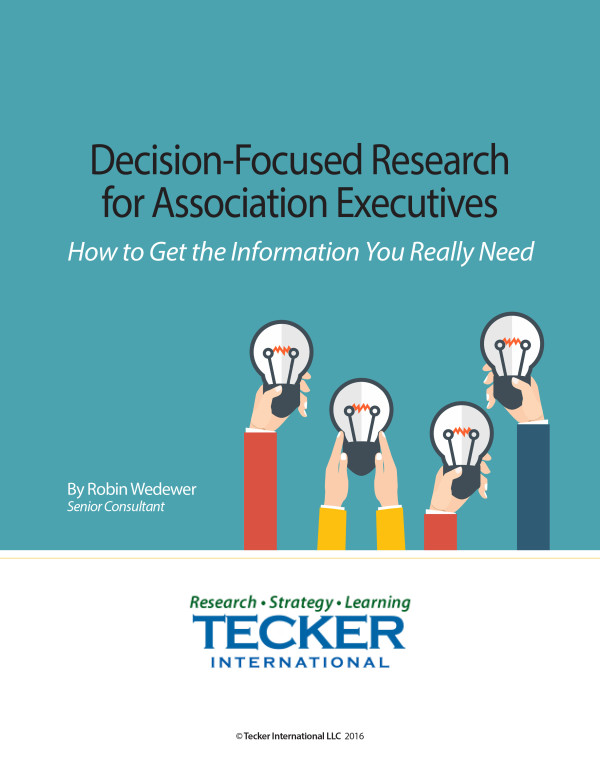Board and leadership development is something that is always on our mind – and the minds of our clients. Last week, we answered a client’s question about why board development was important. We gave six simple reasons to offer board development. Today, we want to talk about processes and structures we’ve observed that represent the cornerstones for effective, ongoing board leadership development. This isn’t just about having a high functioning board. We strongly believe that effective leadership development and succession planning is important to the sustained success of an association.
We further believe that this is one of the most important roles and responsibilities of the board. That responsibility is to insure there is an effective process that identifies, selects and puts into place the best leaders possible on a sustainable basis. The board must replace themselves. This is a growing challenge today because many of the current experienced and skilled board leaders are looking towards retirement. Where will the new generation of skilled association volunteer leaders come from? Added to the challenge is the fact that an association is a very unique organization (sometimes called downright weird) and requires board members who understand what is required to lead in this type of organization (e.g. it is different than leading a for-profit).
We have observed the following processes and structures over time. They represent the cornerstones for effective, ongoing board leadership development.
- Volunteers. The beginning of leadership development starts with the association’s ability to attract and retain volunteers. It will be out of this cadre of volunteers that current leaders will identify and select many of their new volunteer leaders and board members. For many associations, this is a growing challenge because most volunteers have less time to give. Associations will need to review and reshape their volunteer processes (time and structure) to better attract volunteers in the future.
- Experience. A strong core of volunteers provides the training ground for future board members. In this experience, they have the opportunity to grow their understanding of an association as an organization. They can take advantage of the volunteer opportunities to grow their association leadership skills. Unfortunately, we are seeing increasing incidents of board members being voted into office who have never served in any volunteer position in that association.
- Nomination Committee. For associations who do not have constituency based board members, there is an increased use of a nomination committee. Properly formed and using a good selection process, nomination committees can help to increase the probability of getting effective volunteer leaders on the board. Constituent based boards (some other organization selects their board representative to your board) are beginning to partner with the contributing association to develop mutual leadership development programs and training that will benefit both associations.
- New Board Member Orientation Meetings. Associations are investing more time and effort in educating new board members concerning their roles, responsibilities, legal accountabilities, board meeting requirements and board values/behavior. It is important that new board members have the confidence to engage and be a meaning presence during their early board meetings. To often this training is about how to fill out a travel voucher and not about the board member’s roles and responsibilities. Many associations are putting together a Board Member Governance Leadership Binder. The information is easy to read, straight forward and not in by-laws “speech”. The information clearly and succinctly spells out board member roles, responsibilities, accountabilities, expectations, etc. This binder needs to be an easy and brief read.
- Governance Seminar. The governance team (board and senior staff) need to engage in periodic governance development sessions concerning what defines a knowledge based board that maintains strategic focus (as opposed to an operation focus). Keeping board members out of operations and staff work is an ongoing proposition.
Finally, good performing boards understand the need to engage in an annual self-evaluation using a credible board self-evaluation protocol/tool. This should be accomplished once a year. In this way, they hold themselves accountable to the owners (members) and identify any future areas for board development.


